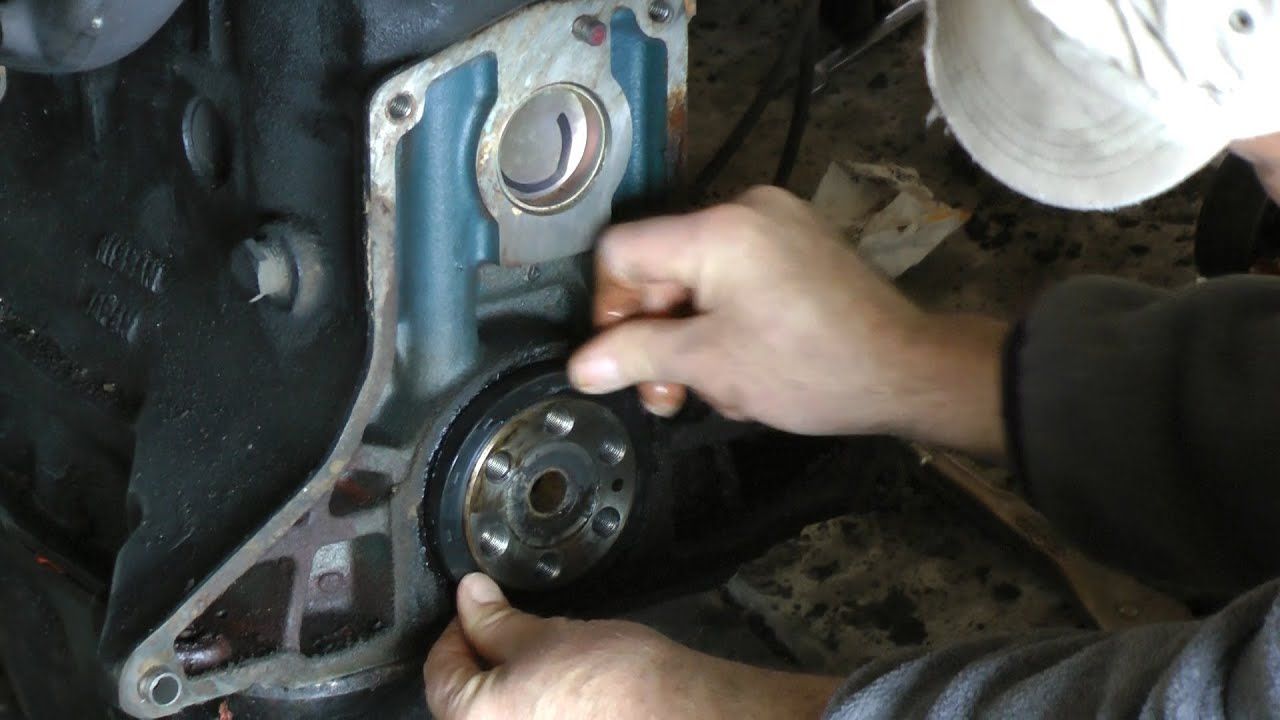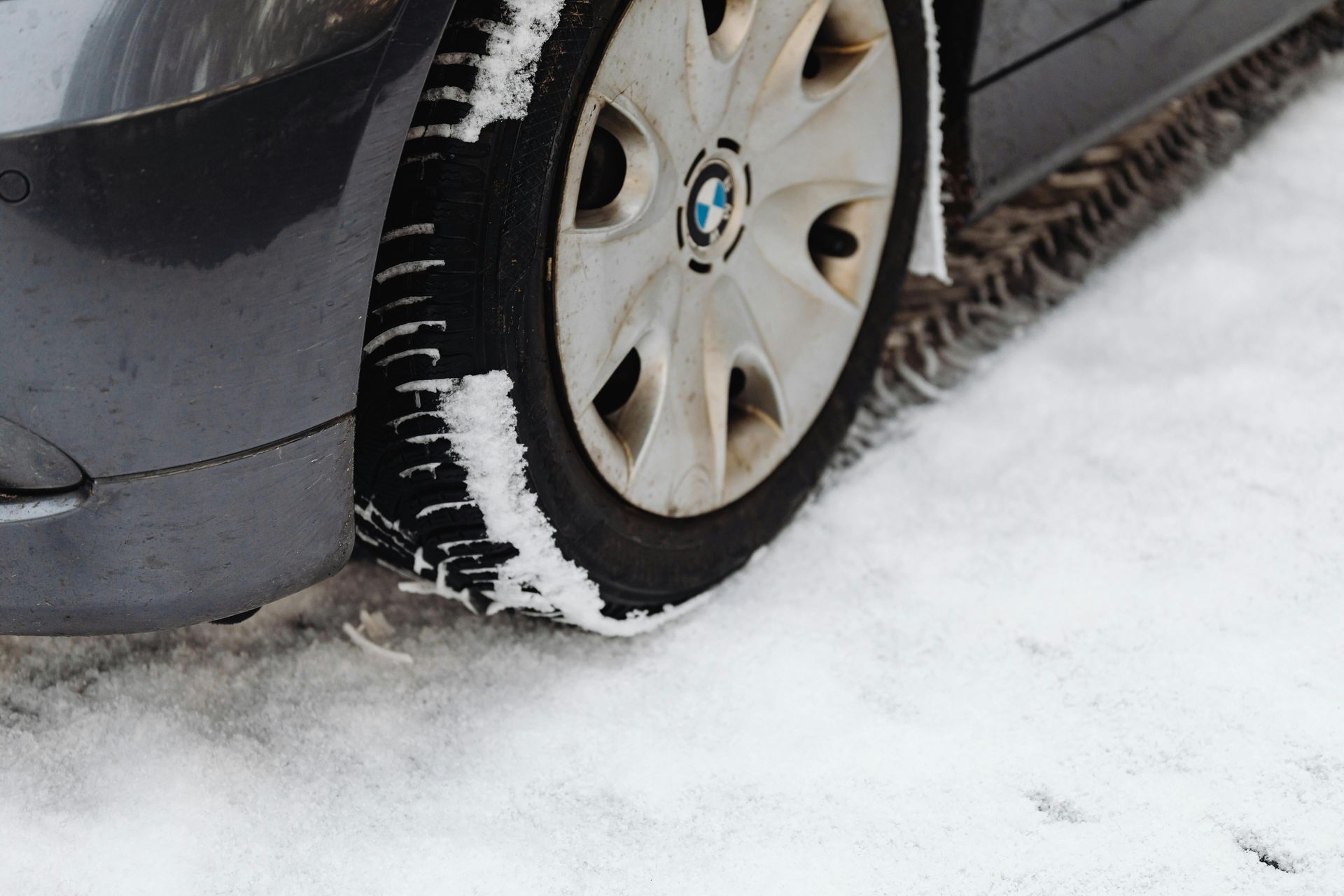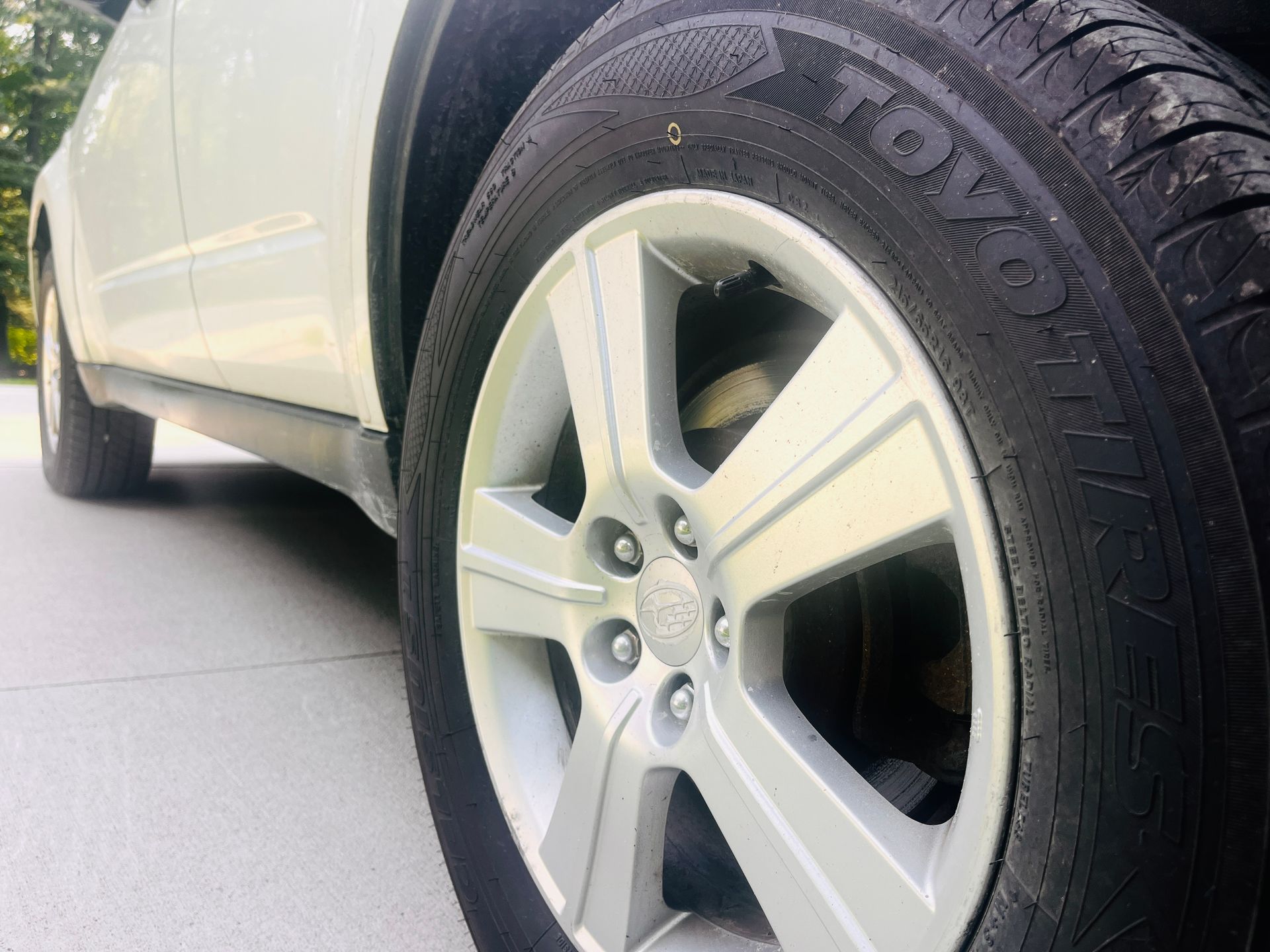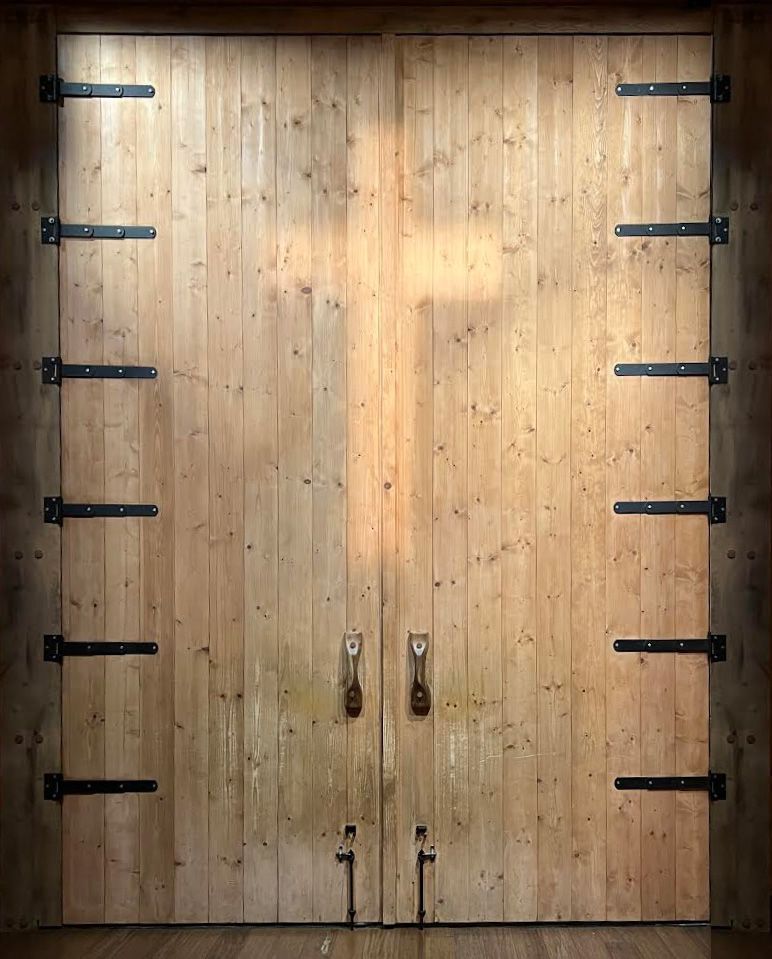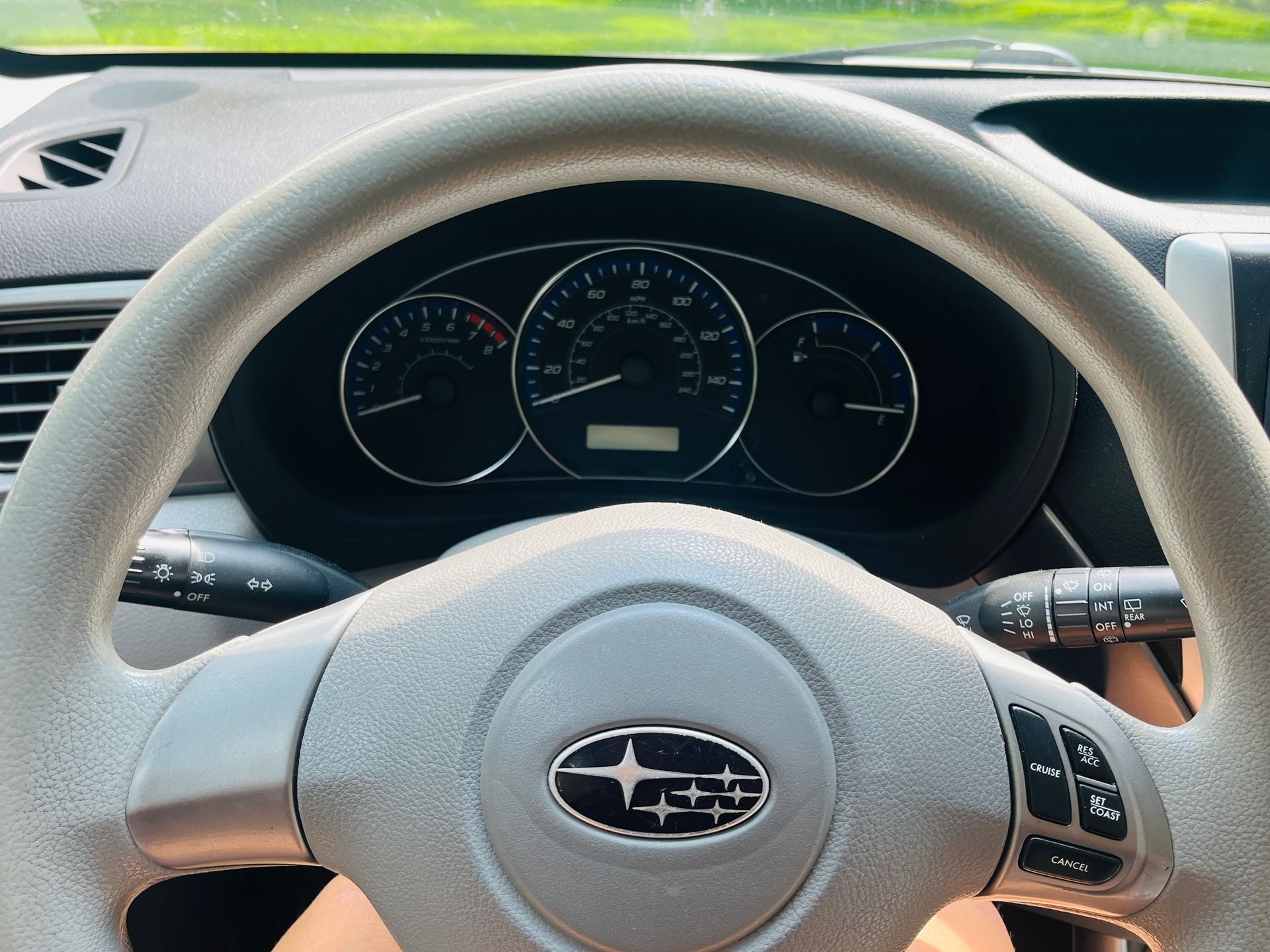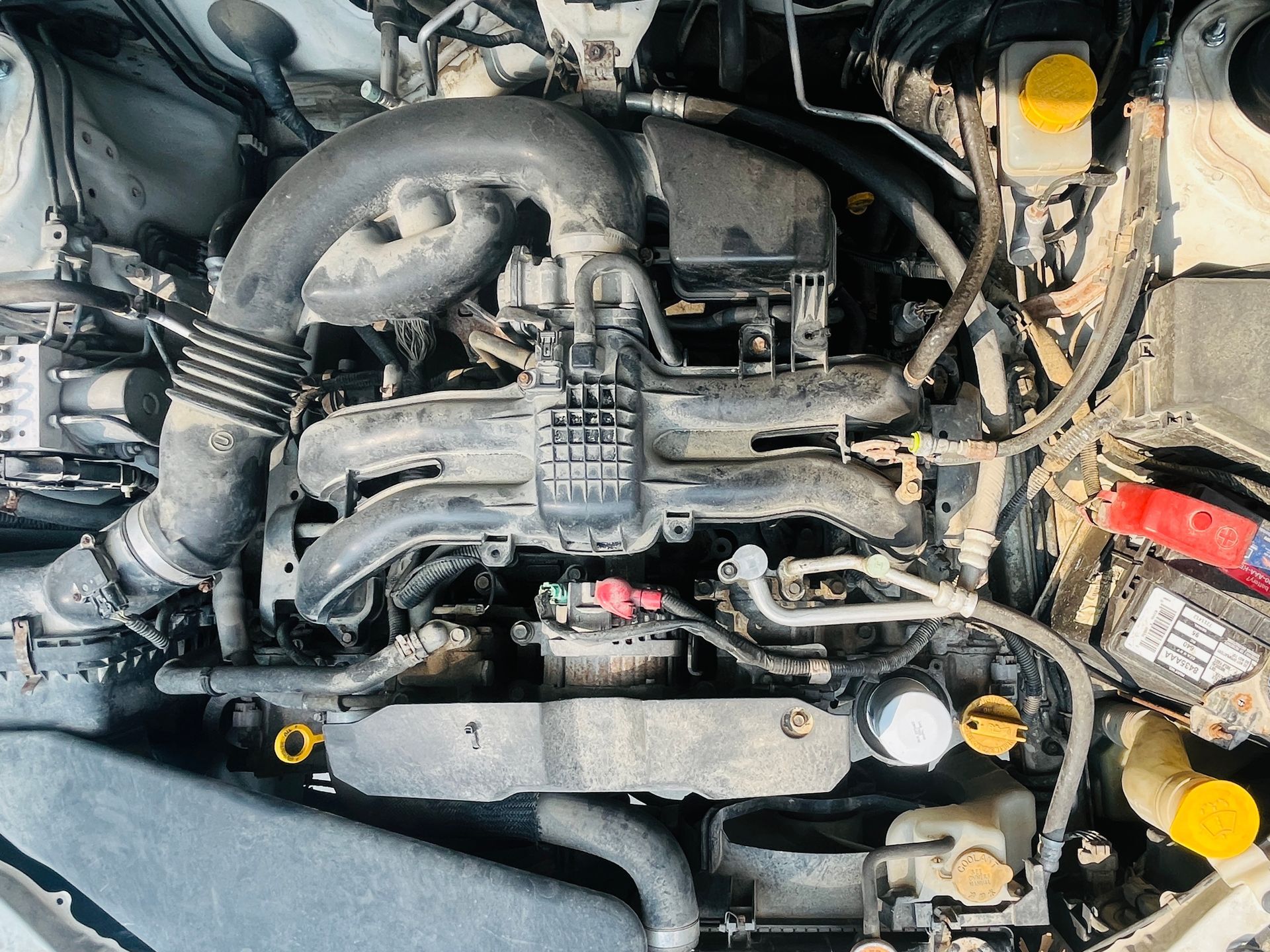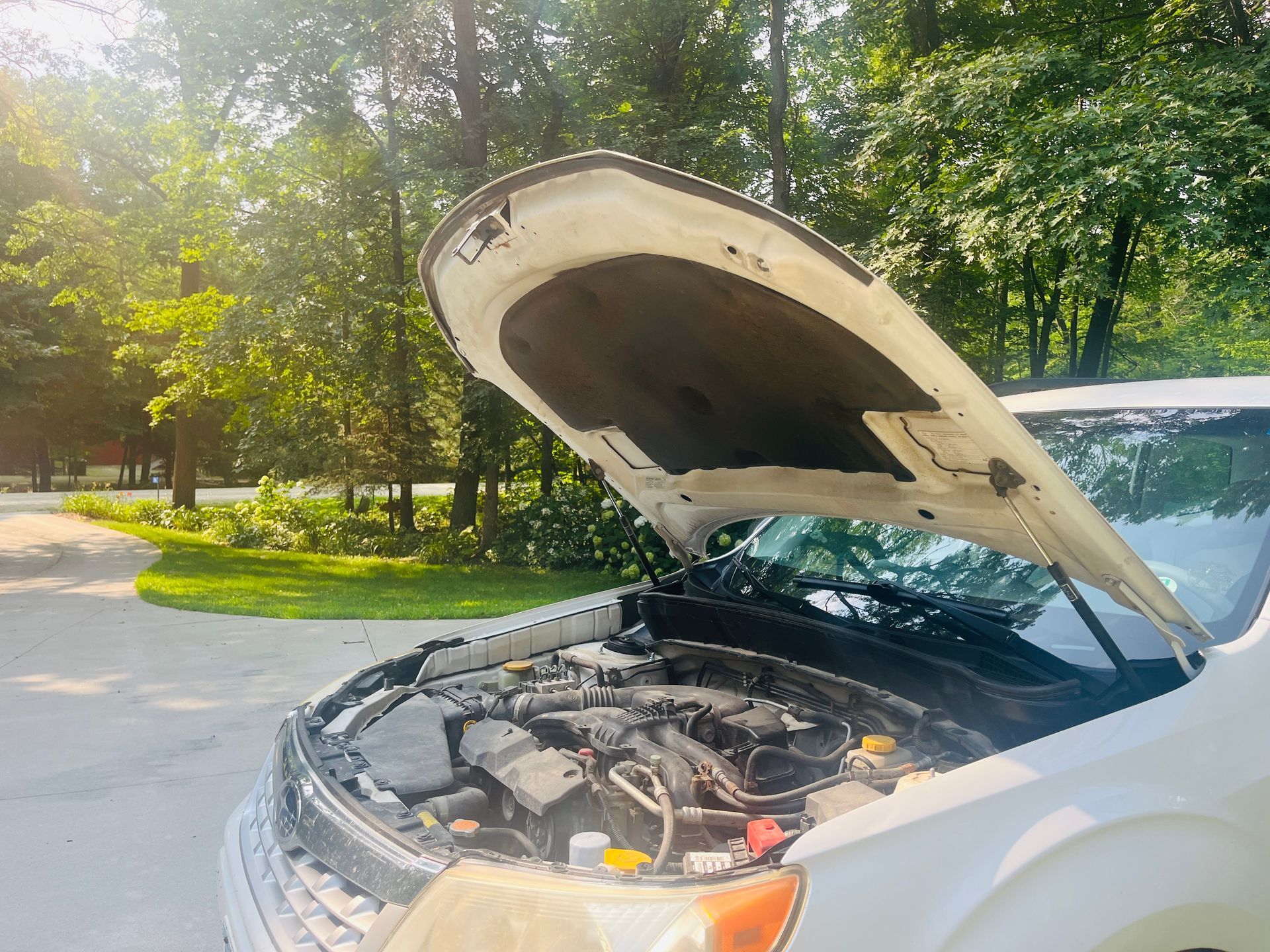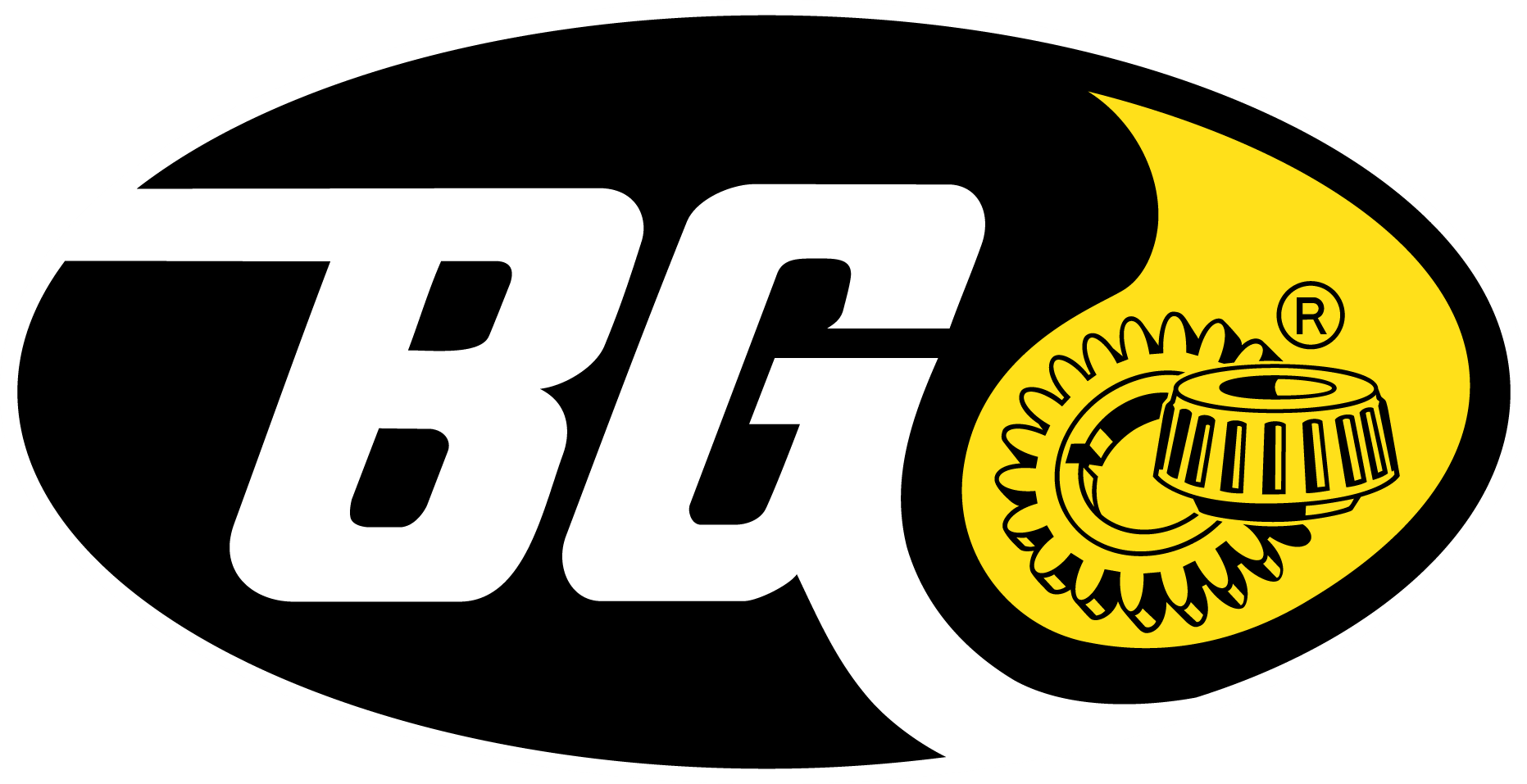Rear Main Seal Cost
March 30, 2018
What is a rear main seal? Just like the name suggests, it is the rear main seal of the engine that keeps oil sealed inside the rear of the engine—where the crankshaft meets the transmission. A problem that has become more prevalent is that the seal is not doing its job—oil is leaking out or an engine vacuum in created and causes problems.
Some makes are more prone to this problem than others depending on what they are made of (rubber or silicone) and how prone they are to wear due to use, age, rotational force of the crankshaft or even climate—with corrosion from salt on the roadways. On the Rochester, MN roadways, where we experience temperature extremes as well as other environmental factors, this could increase the chances of issues with the rear main seal of your engine.
Do you own a Volkswagen? If you do, you might have a higher chance of having this problem—Volkswagen vehicles are known for this because of how they were designed. The glue that was used to hold the seal in place is not maintaining its stickiness and the seal falls out. When this happens, oil will leak and will drip from where the transmission connects to the engine or even into the oil pan.
The repair for the separated rear main seal in your Volkswagen is to have it replaced with the updated version—the seal is put in the opposite way and is held on by tension rather than glue. If you own a vehicle other than a Volkswagen and the seal becomes detached for any of the other listed reasons, the cure again is replacement with a new seal made for your make/model vehicle.
Some people choose to forgo the right fix and use oil additives that might restore the seal temporarily but may cause other problems in your engine. Sometimes the owner may try to use a heavier oil to help with the problem—but this is not a wise idea. Your vehicle is designed by the manufacturer to work optimally with a specific oil. Changing this may inadvertently cause other problems.
Often times automotive technicians will recommend replacing the rear main seal whenever the transmission has to be removed for another reason—even if it’s not leaking at the time. This is because the labor has already been done and replacing the rear main seal at that point will only be the cost of the part.
So, you may be asking, “How much does it cost to replace the rear main seal?”. The cost varies depending on the make/model, drive train, engine size and even how difficult it is to get to that area of your vehicle. The job is labor-intensive because the rear main seal is on the back of the engine and seals the crankshaft as it exits the engine of your vehicle. Because the seal sets snuggly between your engine and transmission, one of them will have to be removed in order to replace the rear main seal. This job takes a significant amount of time and definitely costs more because of the labor rather than the part to replace.

